When it comes to setting up a home network, the choices can be overwhelming. Traditional routers, extenders, and mesh systems all promise to keep your devices connected, but how do you know which one is right for you? In this article, we’ll provide you with an education that empowers you to make an informed decision. We’ll compare a traditional home network setup using a router like the Xiaomi 4C router and AC1200 extender versus a mesh setup like the AX3000. But before we dive into the comparison, let’s understand some key factors that influence your choice.
- Wi-Fi Generation:

The first crucial point to consider is the Wi-Fi generation. Currently, we have Wi-Fi 6E with Wi-Fi 7 on the horizon, but for this article, we’ll focus on Wi-Fi 5 and Wi-Fi 6. The difference between these two lies in the speed at which they can transmit data. It’s essential to determine whether your devices support Wi-Fi 5 or Wi-Fi 6 to make the most of your network.
- Max Theoretical Bandwidth:
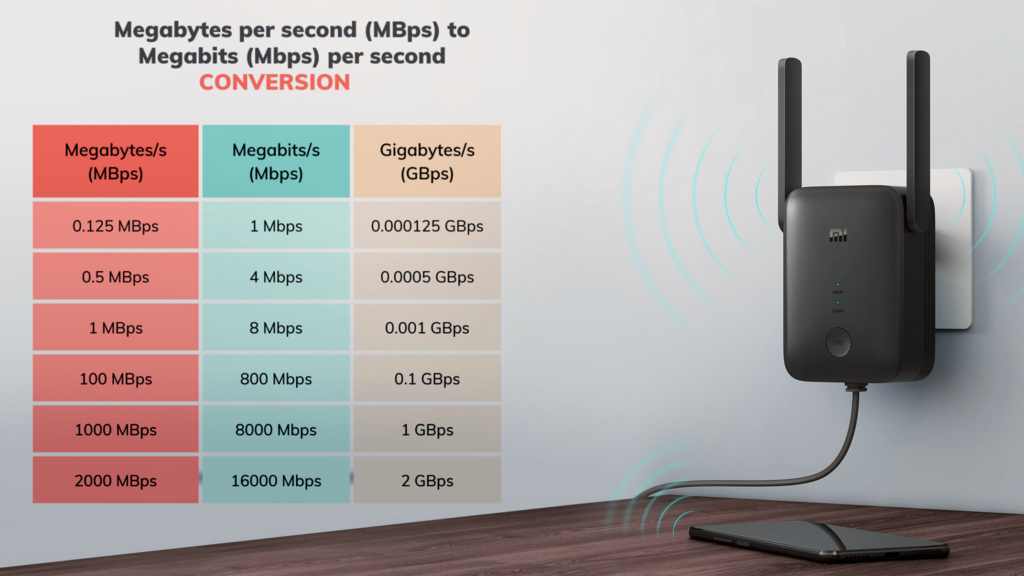
The numbers like AC1200 and AX3000 actually do mean something, they represent the max theoretical bandwidth. These figures are divided among different bands (Generally 2.4 and 5Ghz). To choose the right router, consider your internet speed. For instance, if you have a 1000 Mbps line, it’s advisable to choose a router with a bandwidth greater than that to ensure optimal performance (my general rule is to double your line speed as a minimum to ensure the best experience).
- Device Support:

You need to ensure your router or mesh system can support the number of devices in your household. If you have many Wi-Fi 6 devices, using a Wi-Fi 5 router will limit their performance. When purchasing a networking device, always check the specifications to see how many devices the unit can accommodate, and choose accordingly.
- Coverage and Range:
Consider your home’s layout and the need for seamless coverage. Traditional routers with extenders or repeaters can lead to having multiple SSIDs, making it confusing and sometimes inefficient due to handoff issues. Mesh systems seamlessly hand off signals to the strongest node, providing a smoother experience.
Choosing the Right Setup:
Now, let’s look at some scenarios and recommendations:
- One-Bedroom Flat: For a small space like a one-bedroom flat, an entry-level router like AC1200 should suffice. It offers decent coverage and performance.
- Two to Three Bedroom House: In a larger space with multiple rooms, consider a mesh system like the AX3000. Mesh systems excel at providing consistent coverage throughout the house without the hassle of multiple SSIDs.
In South Africa, we have varying internet speeds from 5Mbps to 1000Mbps and networking solutions that range from R300 to R18000+; Have you ever considered why there is such a big difference in cost? This is because, in addition to all the points mentioned above, we are starting to incorporate more and more devices into our homes from smart cameras, vacuums, and even locks. All these devices need seamless integration to operate effectively.
It’s not just about internet speed either: In addition to the above, the specs of networking devices today are not too dissimilar from high-end laptops from the early 2000s. They come with duo/quad (and even octa-core) processors in some cases, with up to 1GB RAM. The reason for the progression of router technology is because of our continued reliance on home integration and connectivity of multiple devices all working harmoniously.
If you only take one point away from this article, let it be that you need to ensure that you are not bottlenecking your networking experience with cheap and ineffective devices you trusted your ISP to give you. We all want to have the latest phones with WiFi7, Laptops, TVs, and so on, but we put no consideration into what is powering them with the connectivity that makes them effective. Having powerful personal devices with entry-level routers is surmountable to putting bicycle wheels on a Ferrari.
In time we will release our favorite home networking solutions with reasons as to why.
Conclusion:
Choosing the right home network setup involves understanding your needs, device compatibility, and the layout of your home. By considering factors like Wi-Fi generation, max theoretical bandwidth, device support, and coverage, you can make an informed decision. Whether you opt for a traditional setup or a mesh system, the goal is to ensure all your devices stay connected seamlessly. If you have any questions or need further assistance, feel free to leave a comment below. We hope this guide helps you create a robust and reliable home network. Cheers!


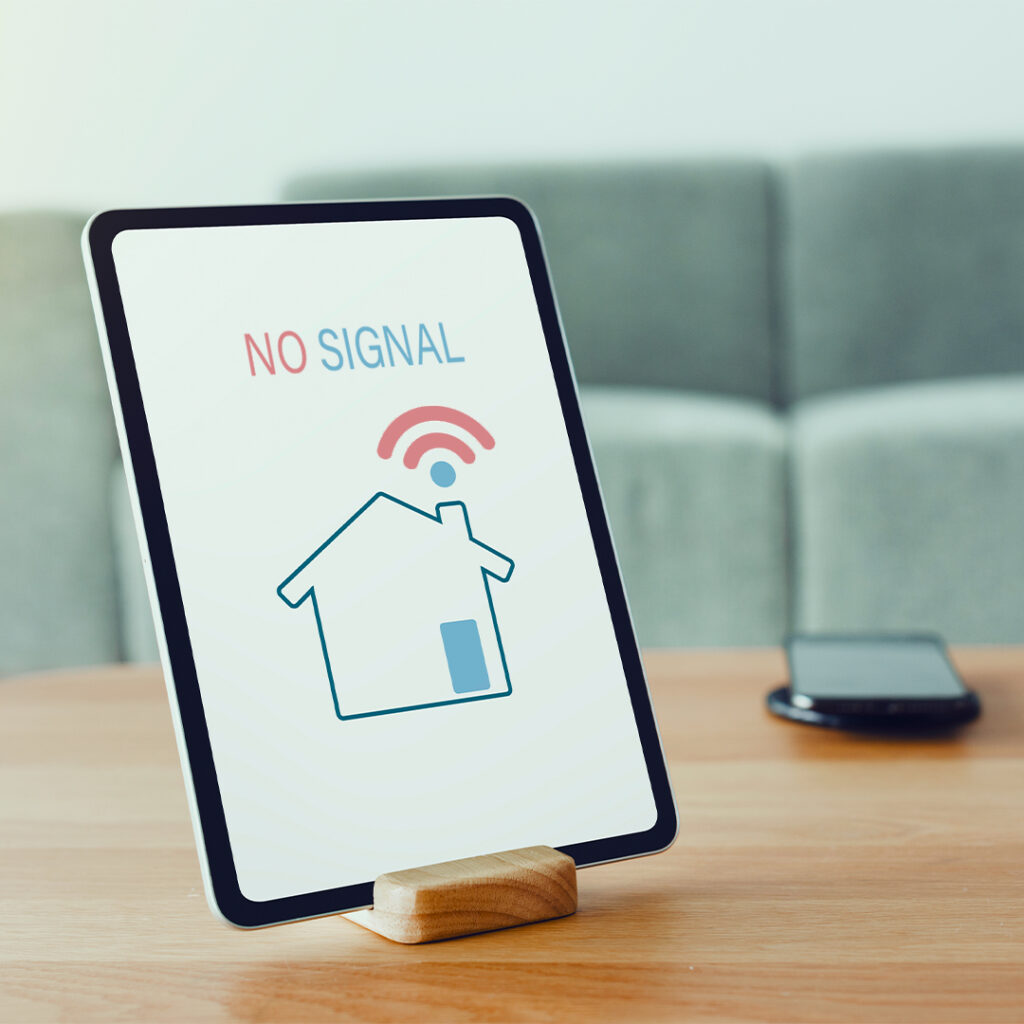










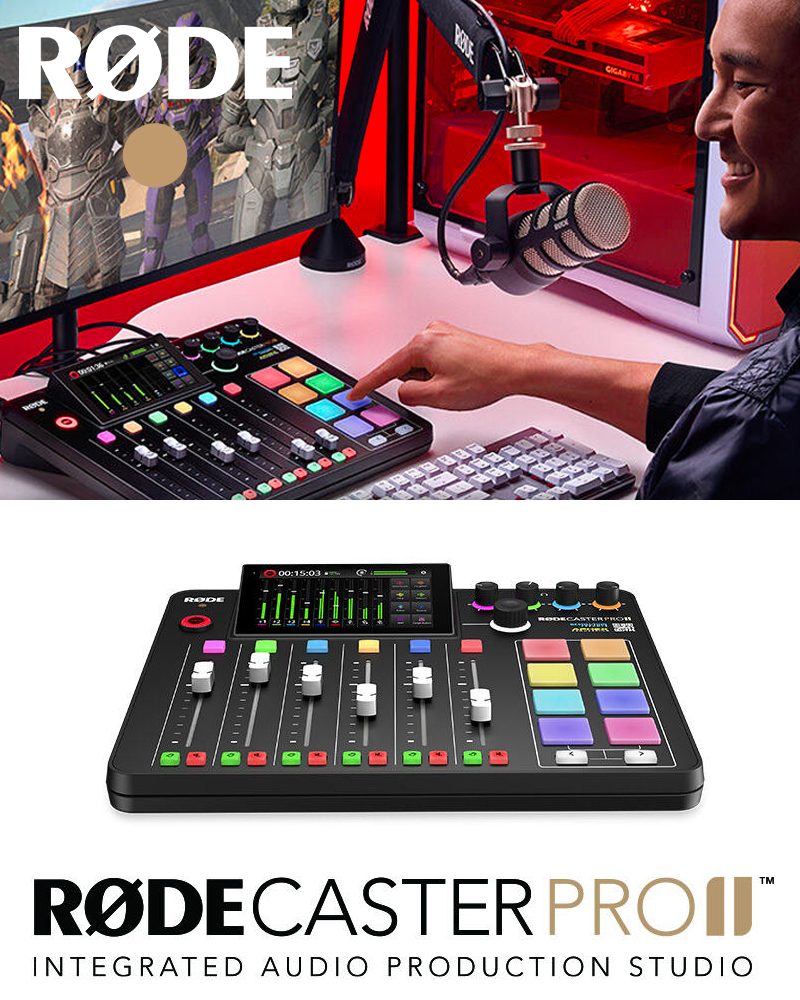
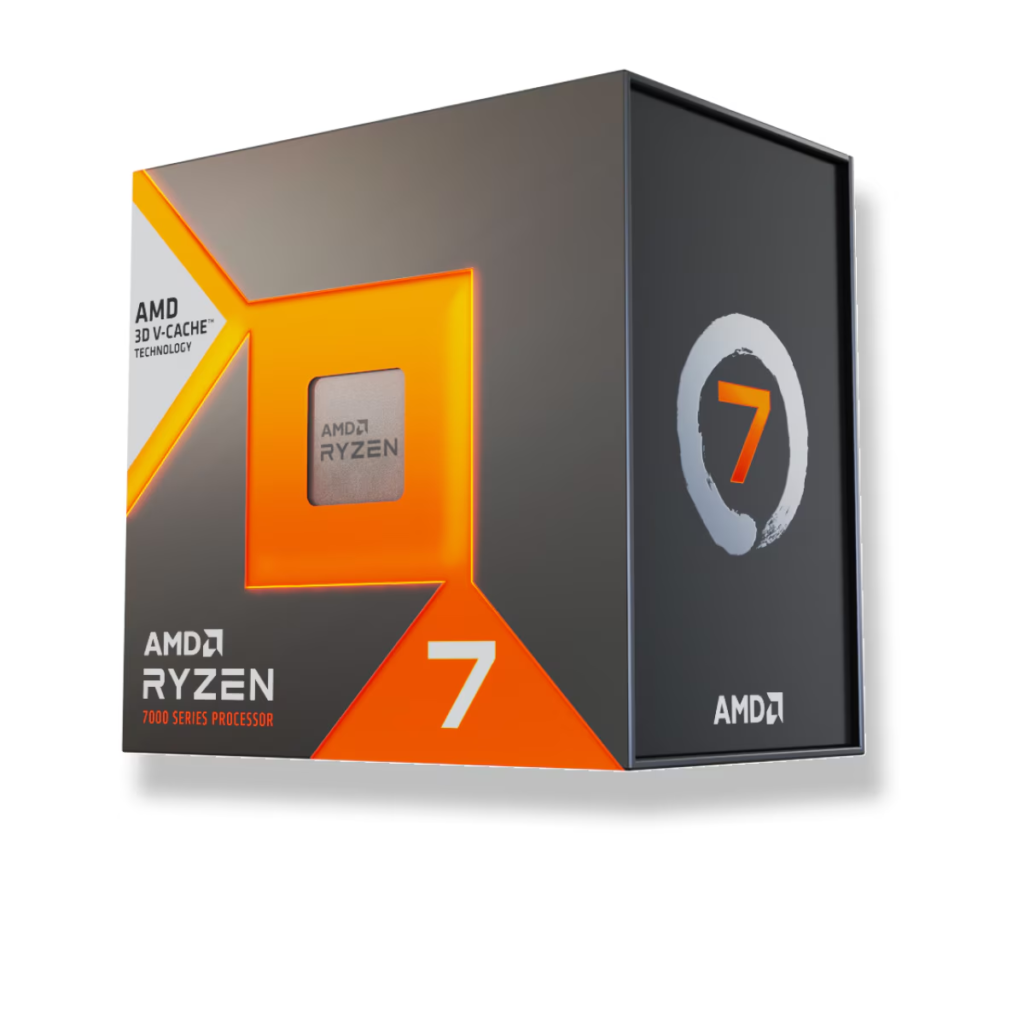
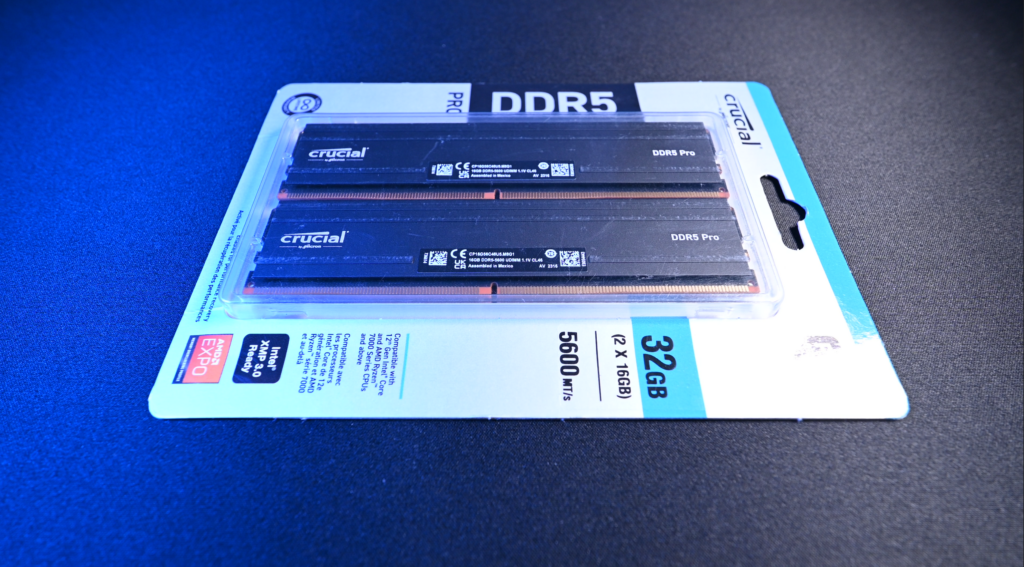
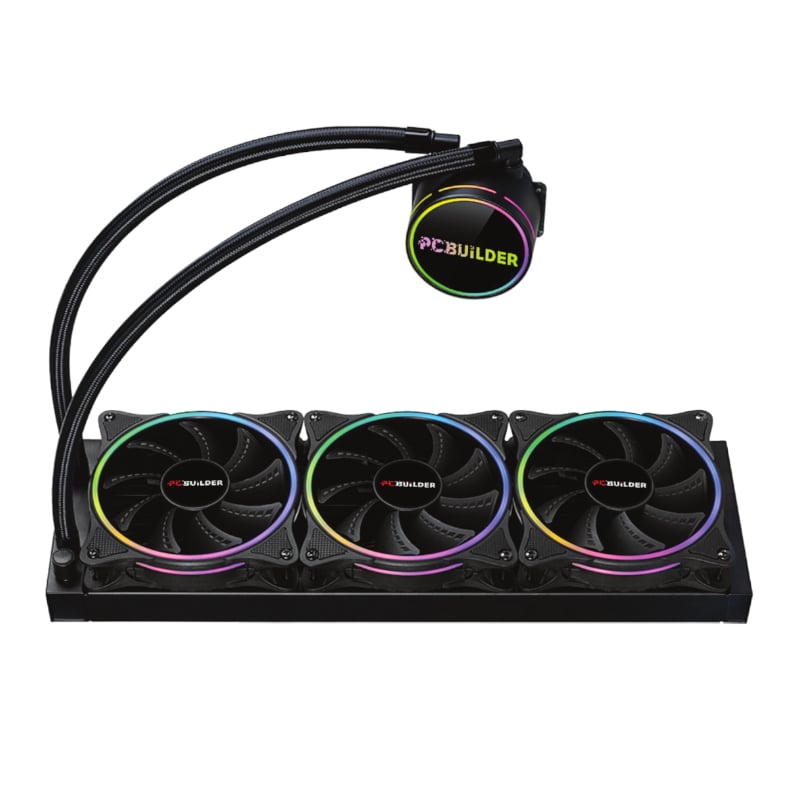





1 comment
Stanley
September 15, 2023 at 08:44Cheers!